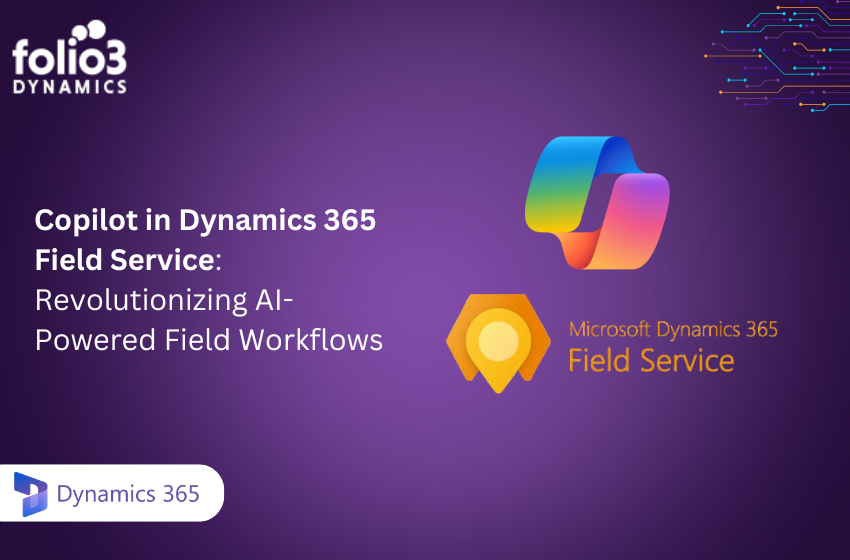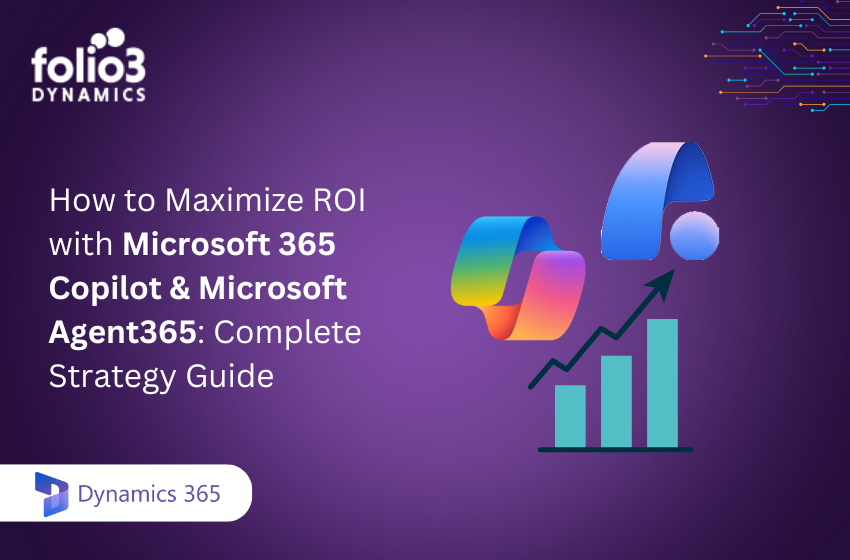This article explains what Data Integration is and why it is important? Along with that, we will talk about how Data Integration works?
Overview
These days, organizations compile huge volumes of information from various sources. For data to be significant and meaningful, it must be available for analysis, which is possible only if the data is integrated. Yet new data keeps on entering the organization every second.
Data integration is the procedure of integrating data from different sources into one, unified view for efficient data administration, to produce meaningful understandings, and boost actionable intelligence.
Why Is Data Integration Important?
Data Integration is a way to unite all the information gathered from different sources. Integrated data opens a way of connectivity companies need to survive in today’s developing economy.
By uniting systems that include useful information and data, businesses are able to accomplish data continuity and easy data transfer. Data Integration helps the business as a whole, facilitating intersystem alliance for a comprehensive overview of the business.
Benefits of Data Integration
Data Integration helps businesses succeed
even if a company is obtaining all the data it needs, that data usually resides in several separate data sources.
Data from all of those other sources usually needs to be put together for operational actions.
Following are the benefits of Data Integration :
Improves affiliation and uniting of systems
Employees in every department require access to the company’s data for different shared and individual projects. IT department requires a safe solution for delivering the information through self-service access across every line of business.
Furthermore, workers in almost every unit are developing and enhancing data that the remainder of the business needs. Data integration has to be coordinated and unified to make affiliation and unification across the organization better.
Preserves time and increases efficiency
When a business takes steps to integrate its data adequately, it cuts down on the time it takes to organize and explore that data.
Data Integration cuts out the necessity for manually collecting data, and workers no longer have to create connections from scratch
Besides, using the appropriate tools save even more time (and resources overall) for the dev team.
All the time saved on these above mentioned tasks can be put to better uses, with more hours reserved for analysis and implementation to make an business more effective and competitive.
Reduces errors
There’s a lot to consider regarding a company’s data resources. To manually compile data, employees need to know every site and account that they might have to analyse — and have all essential software put in before they commence — to ensure their datasets will be comprehensive and precise.
If a data storage is put in, and that worker is clueless, they will have an insufficient data set.
Also, without a data integration tool, documenting must be occasionally redone to look for any changes.
Provides more beneficial data
Data integration improves the significance of a company’s data over time. As data is integrated into a single system, quality problems are recognized and essential improvements are made, resulting in more accurate data.
Ways to Integrate Data
Lets now talk about the ways you can implement Data Integration.
Creating a data warehouse:
Data warehouses enable you to integrate data from different sources into a master database. By doing this, you can operate everything across integrated data bases, compile statements drawing from all integrated data sources, and examine and compile data in a uniform, functional format across all integrated data sources.
When all of a business’s necessary data is compiled, stored and easily accessible, it becomes much easier to evaluate micro and macro procedures, analyze client/customer behavior, manage procedures and make strategic conclusions based on this business intelligence.
In this case, data integration delivers a cohesive look at the organization’s information. To accomplish this, the managed service provider would use a process called ETL.
ETL (Extract, Transform, Load):
ETL is the procedure of transmitting information from source systems to the data storage where this data will be considered and utilized. Most data integration systems implicate one or more ETL pipelines, which make data integration manageable, simpler, and effective.
Building Data Pipelines:
There are many methods to formulate an ETL pipeline – by composing manual code, which is a complicated and inefficient task or by using enterprise-grade data integration platforms, such as Apache Kafka.
These data integration tools provide important advantages as they come with a mixture of built-in data connectors, and built-in job schedulers. Such solutions make data integration effortless, quicker, and more cost effective.
How to use Data Integration:
There are numerous ways to integrate data that rely on the size of the company, the need being fulfilled, and the resources available.
Manual data integration is entirely the procedure by which a user compiles necessary data from various sources by analyzing interfaces directly, then cleans it up as required, and incorporates it into one storage. This is highly ineffective and incompatible, and makes little understanding for all.
Constant access integration is a sort of data integration that concentrates on creating a front end that makes data appear compatible when accessed from different sources. Using this procedure, object-oriented database management systems can be utilized to develop the impression of uniformity between database.
Common storage integration is the most often employed method to storage within data integration.
Data integration tools
Data integration tools have the capability to promote this procedure a great deal. The characteristics you should look for in a data integration solution are:
- A lot of connectors. There are many systems and applications in the world; the more connectors your Data Integration solution has, the more time your team will preserve.
- Open source. Open source architectures generally deliver more flexibility while assisting to avoid vendor lock-in.
- Portability. It’s significant, as businesses transfer to hybrid cloud models, to be capable of building your data integrations once .
- Ease of use. Data integration tools should be easy to use with a GUI interface to make picturing your data pipelines easier and simpler.
- A transparent price model. Your data integration tool should not ding you for expanding the number of connectors or data volumes.
To sum up, businesses and organizations are collecting data from various sources every second, and it needs to be integrated to ensure the data gets utilized effectively. And that is where Data Integration plays a role. Data Integration opens a way of connecting businesses needed to survive in today’s developing economy.


